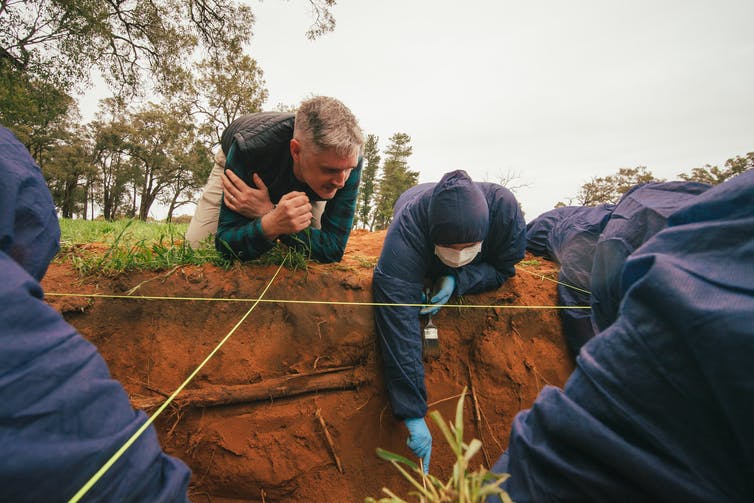Abrasion – Superficial damage to the skin. It is the scraping away of a portion of skin or mucous membrane, resulting when the skin contacts a rough object with sufficient force.
In forensic science, an abrasion refers to a type of injury caused by a scraping or rubbing force that removes the superficial layer of skin. Abrasions are commonly encountered in cases of physical assault, where an individual is forcefully dragged or scraped against a rough surface, such as pavement or gravel.
Forensic experts can use abrasions as evidence to reconstruct the events that occurred during an assault. The size and shape of an abrasion can provide information about the type of object or surface that caused the injury. For example, an abrasion that is linear in shape suggests that the injury was caused by a flat object or surface, while a circular abrasion suggests that the injury was caused by a cylindrical object or surface.
Forensic experts can also use abrasions to determine the direction and force of the impact. For example, if an individual is dragged along a rough surface, the abrasions on their body will be oriented in the direction of the dragging force. The presence of multiple abrasions on different parts of the body can also provide information about the movement and position of the victim during the assault.
Overall, abrasions are an important type of injury that can provide valuable information in forensic investigations, particularly in cases of physical assault.





